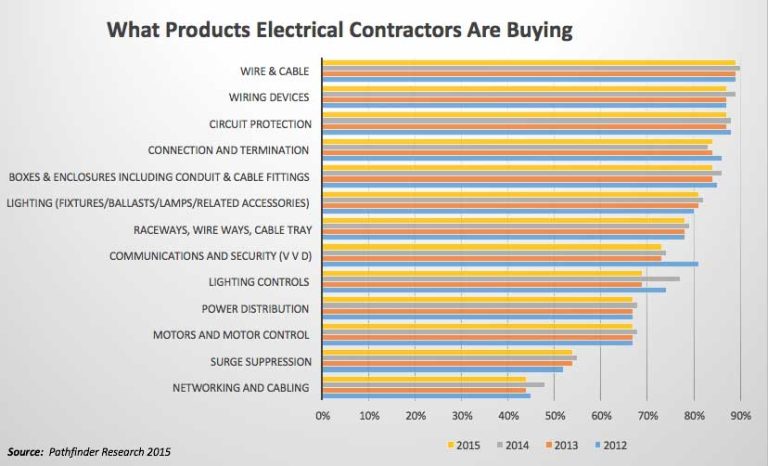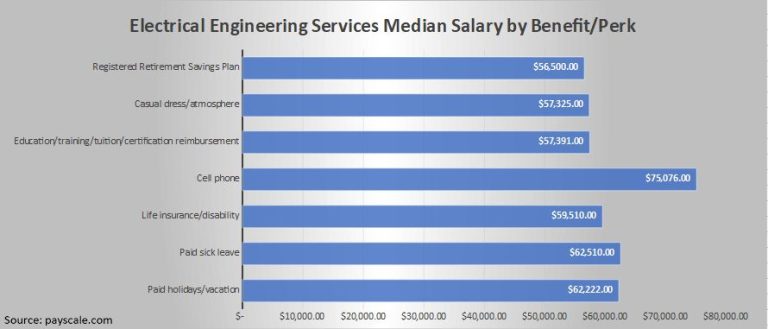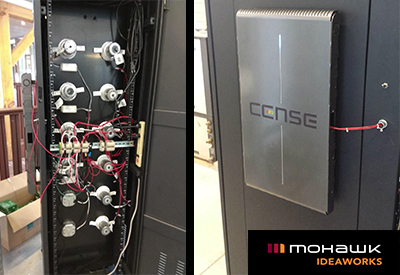Emergency Lighting: It’s Not About the Watts!

March 9, 2023
By Jeff Beare
Emergency lighting is a critical aspect of building design that aims to provide illumination in the event of a power outage or other emergency situations. The National Building Code of Canada prescribes specific lighting levels and requirements for emergency lighting systems that are an average of 10 lx with not less than 1 lx at tread. In the past, incandescent lighting sources were commonly used for remote emergency lighting fixtures, with wattage serving as the primary reference point for design selection.
However, with the advent of LED technology, the design criteria for selecting appropriate remote heads for emergency lighting systems have shifted towards lumens and spacing. This article discusses the importance of selecting the type of remote head based on lumens and spacing rather than watts in emergency lighting systems.
Importance of Lumens and Spacing
The primary design element in emergency lighting is spacing. The greater the spacing provided by remote emergency lighting fixtures, the fewer the number of remotes required to achieve the prescribed lighting levels. This equates to fewer total watts of battery capacity, reducing upfront capital costs, installation costs, and maintenance over the life of the system. Therefore, understanding the basic concept of spacing is crucial for selecting the appropriate remote head for emergency lighting.
Shift in Design Community
In the past, the selection of remote heads was based on watts, where higher watts were somewhat equated with better performance. However, in the world of LED, this is no longer true. LED performance is calculated based on efficacy, with lumens per Watt being the unit of measure. Therefore, the selection of the type of remote head should be based on lumens and spacing, with these criteria determining the required wattage. This shift in design criteria necessitates a change in the design community’s approach to selecting the appropriate remote head for emergency lighting systems.
Optics Performance
Another critical element to consider when selecting remote heads for emergency lighting systems is the optic performance of the remote manufacturer. The combination of lumen performance and optics results in spacing optimization. Reputable emergency lighting manufacturers publish spacing guides to help with design and remote head selection. Consulting and comparing these guides can help designers quickly realize that a 5 watts remote from Manufacturer A may offer the same or less lumens and spacing than a 3 watts remote from Manufacturer B.
In conclusion, emergency lighting design should focus on selecting the appropriate remote head based on lumens and spacing rather than watts. The greater the spacing provided by remote emergency lighting fixtures, the fewer the number of remotes required, resulting in less total watts of battery capacity, and reduced upfront capital costs, installation costs, and maintenance over the life of the system.
The shift in design criteria towards lumens and spacing necessitates a change in the design community’s approach to selecting the appropriate remote head for emergency lighting systems. By considering lumens, spacing, and optics performance, designers can optimize emergency lighting systems to ensure that they meet prescribed lighting levels while minimizing costs.
Jeff Beare is Vice President Emergency Lighting at Stanpro.









![Guide to the Canadian Electrical Code, Part 1[i], 26th Edition– A Road Map: Section 12](https://electricalindustry.ca/wp-content/uploads/2022/11/Guide-CE-Code-2.png)






